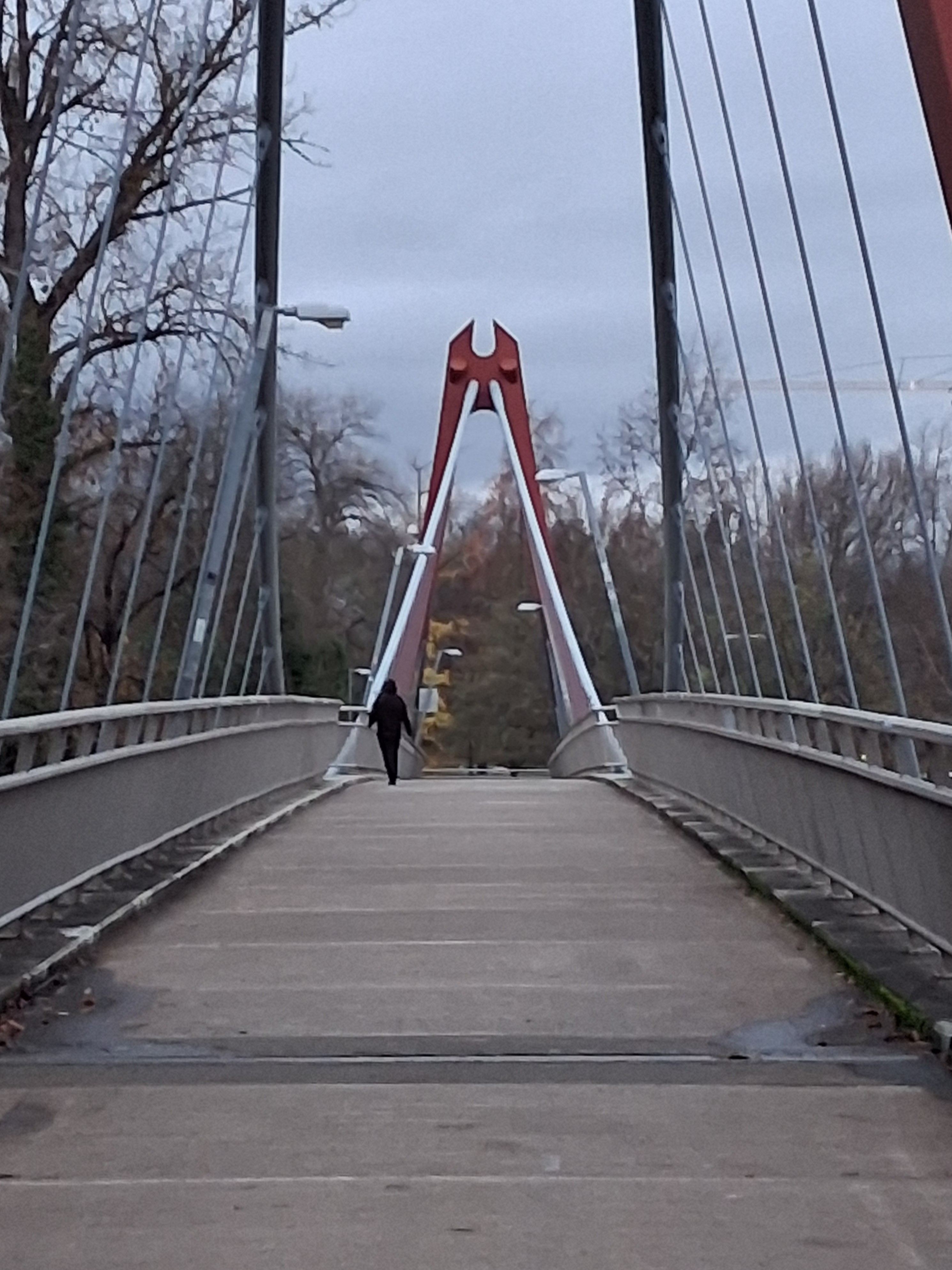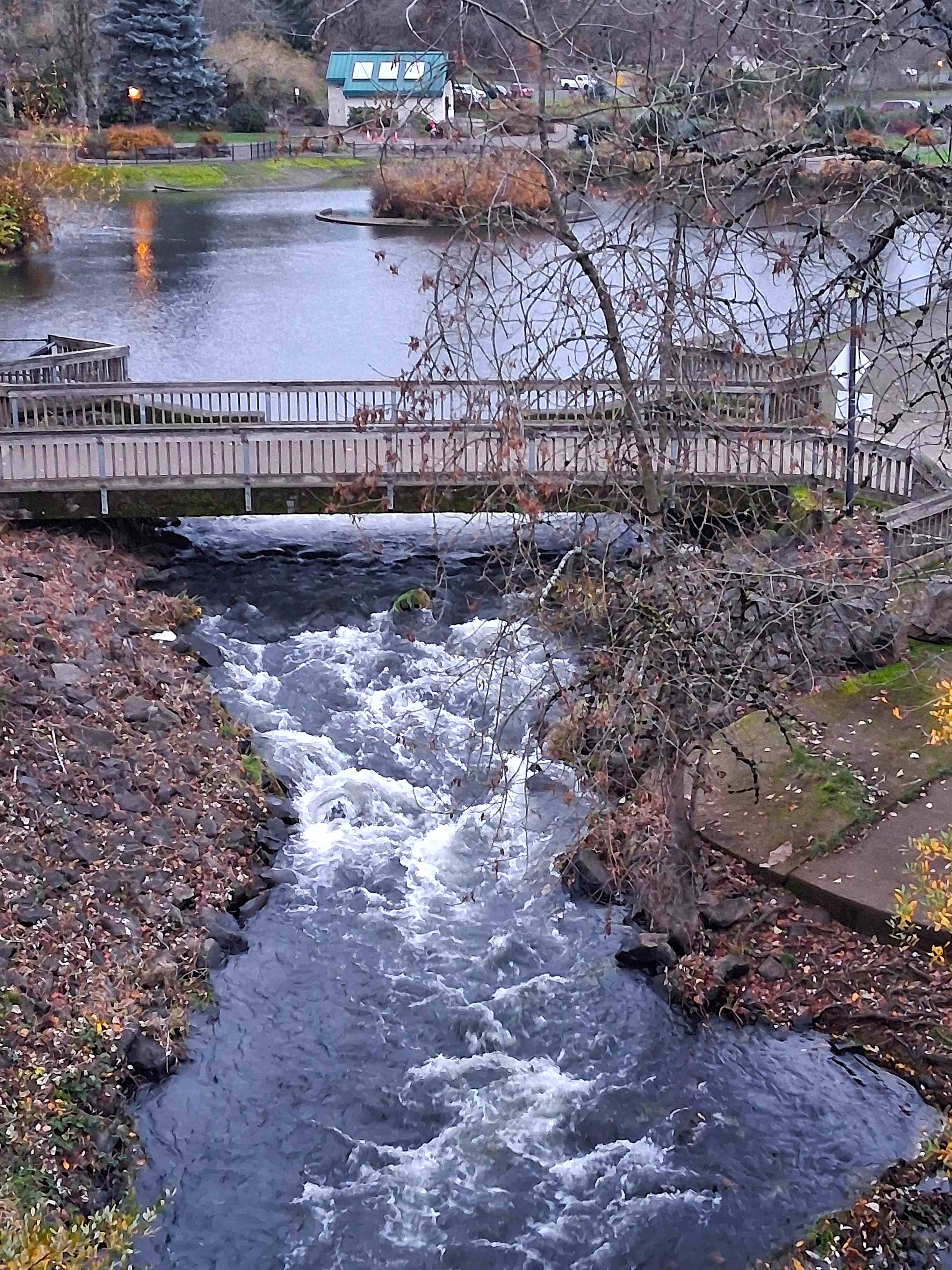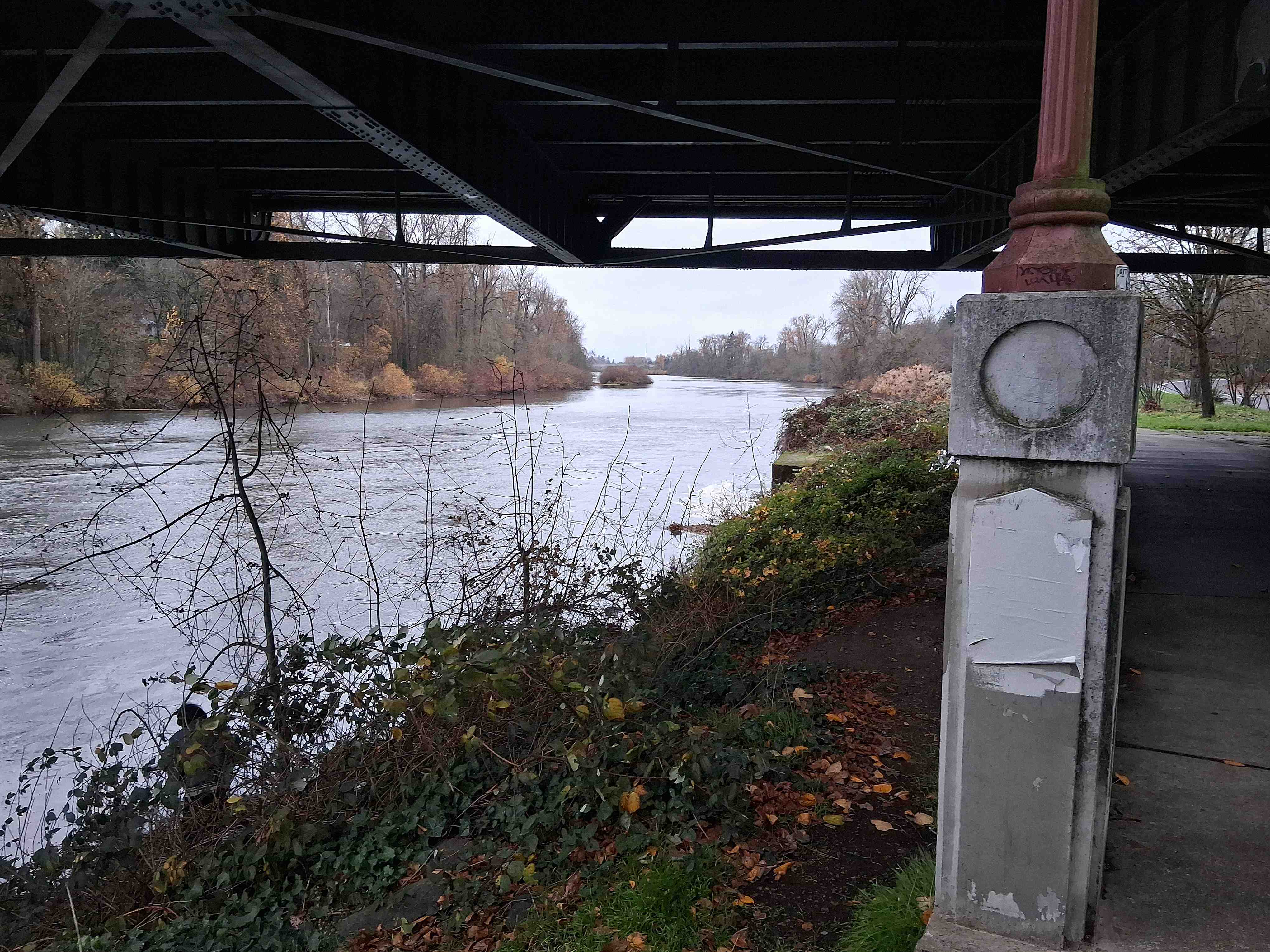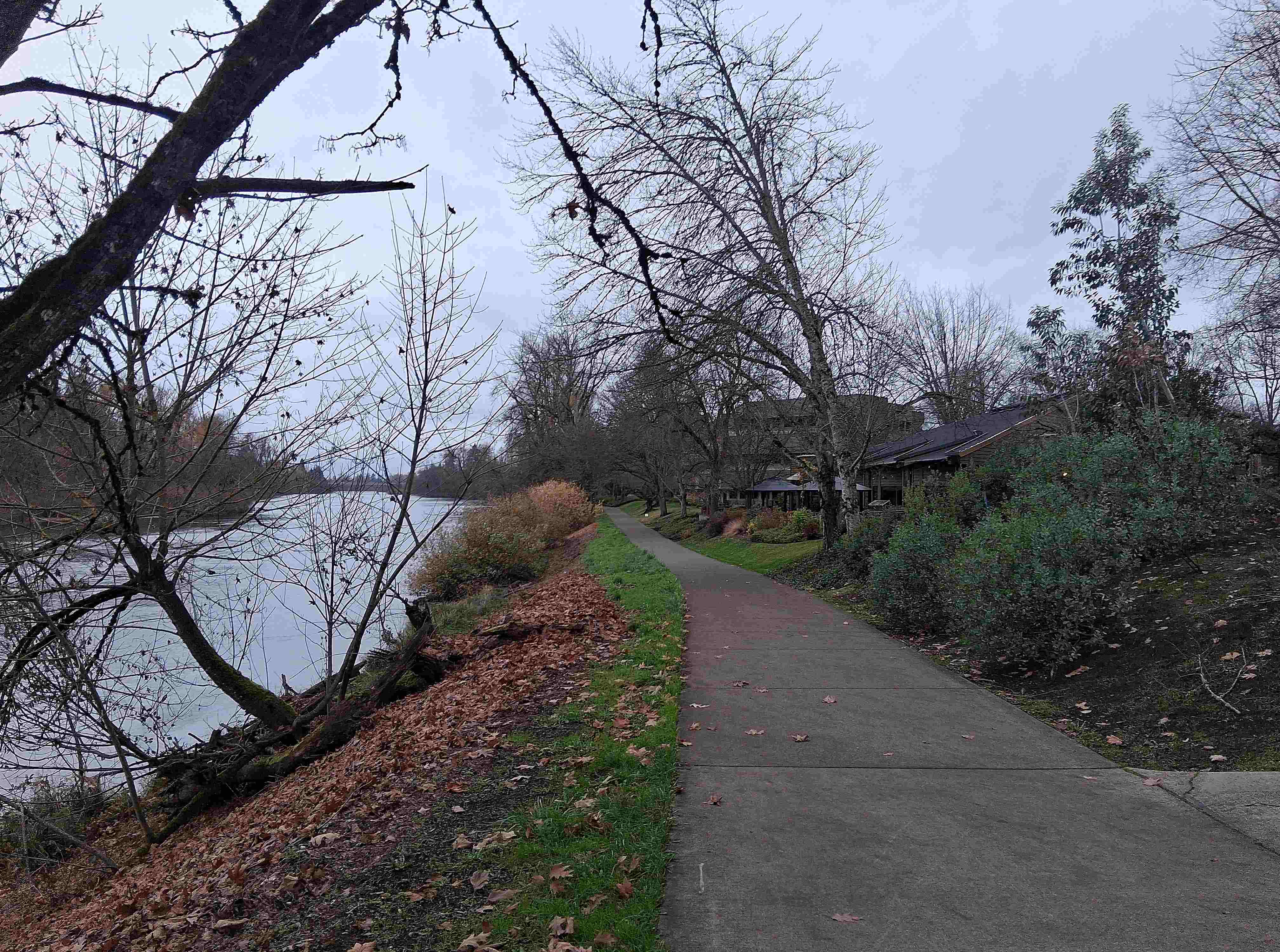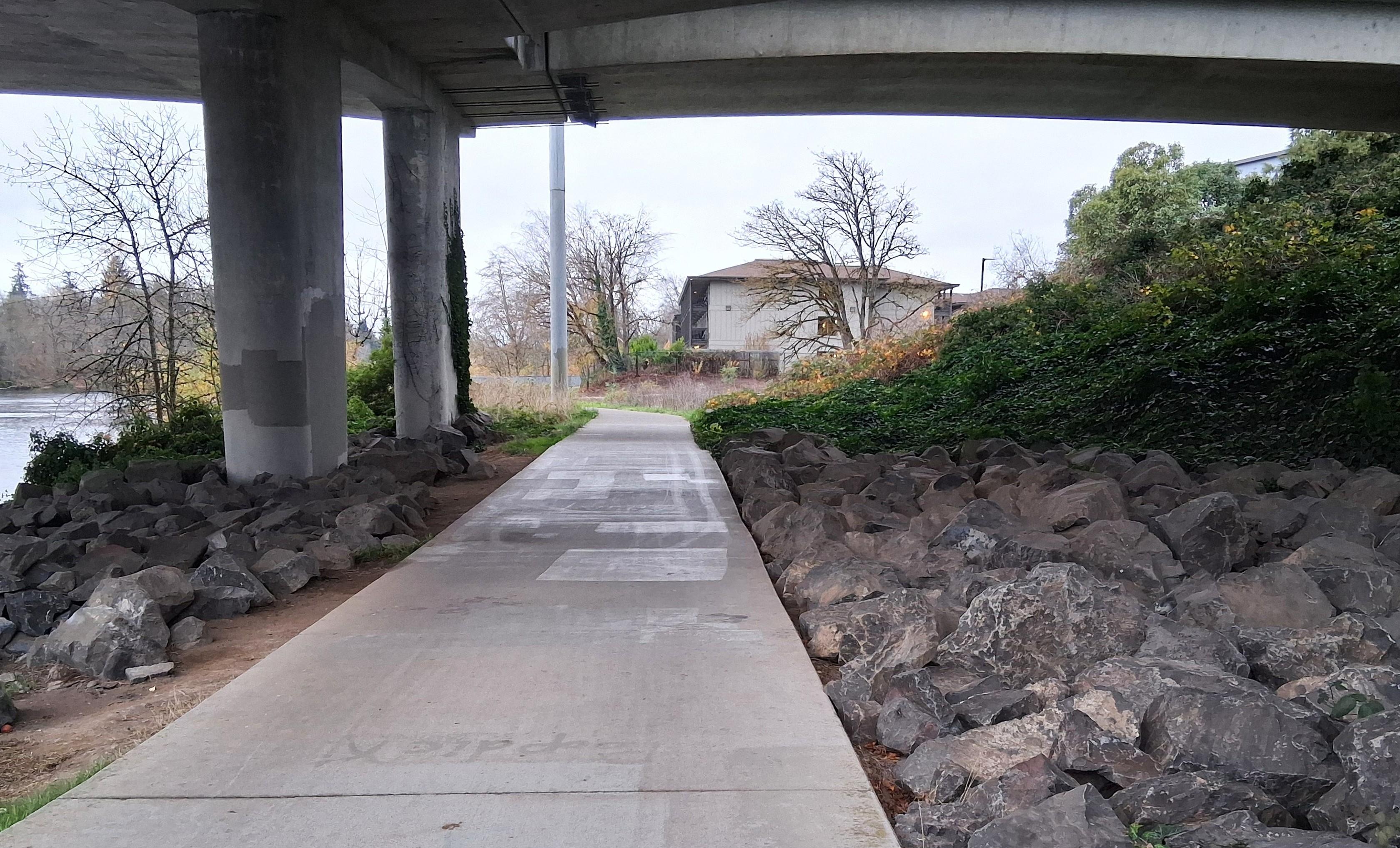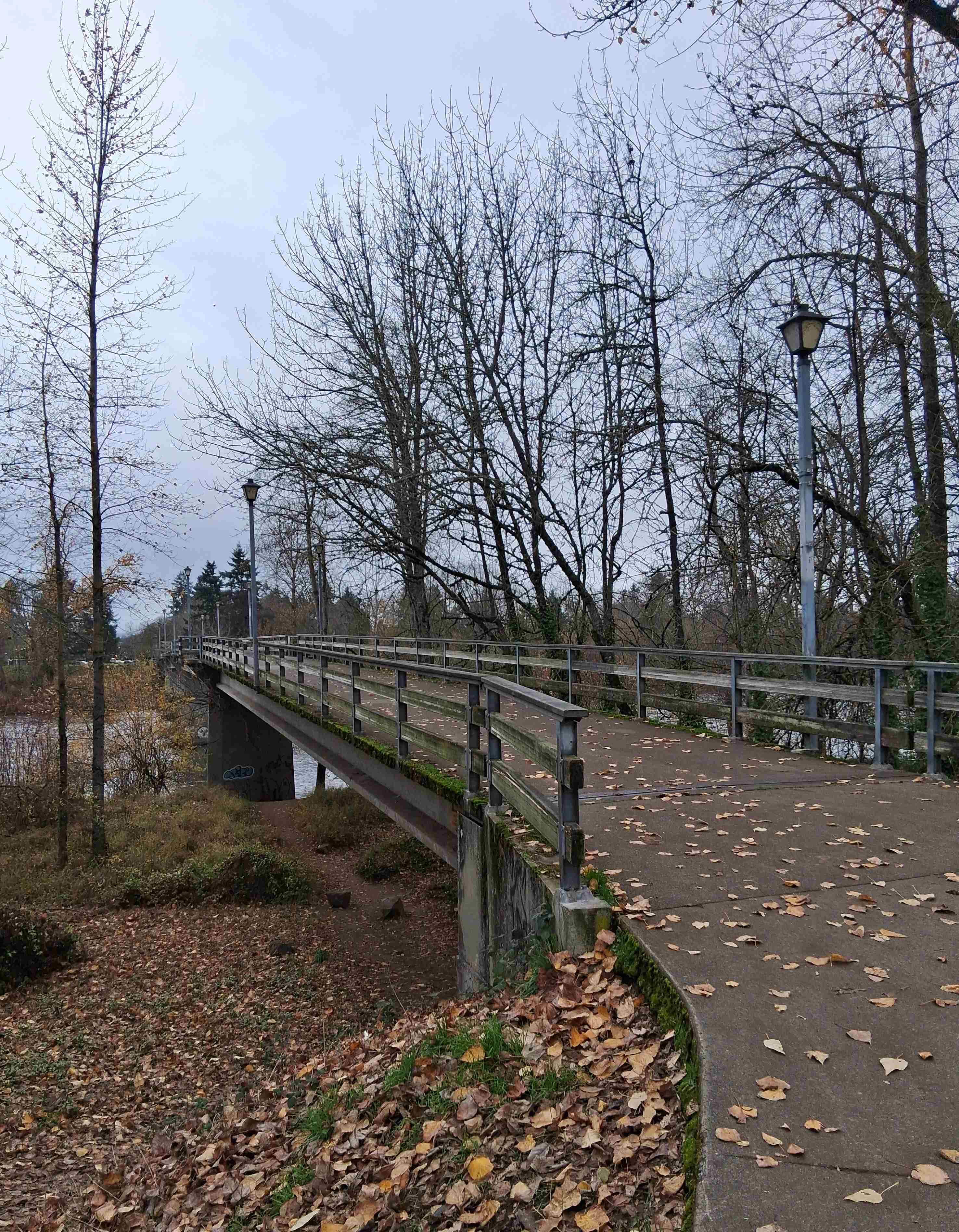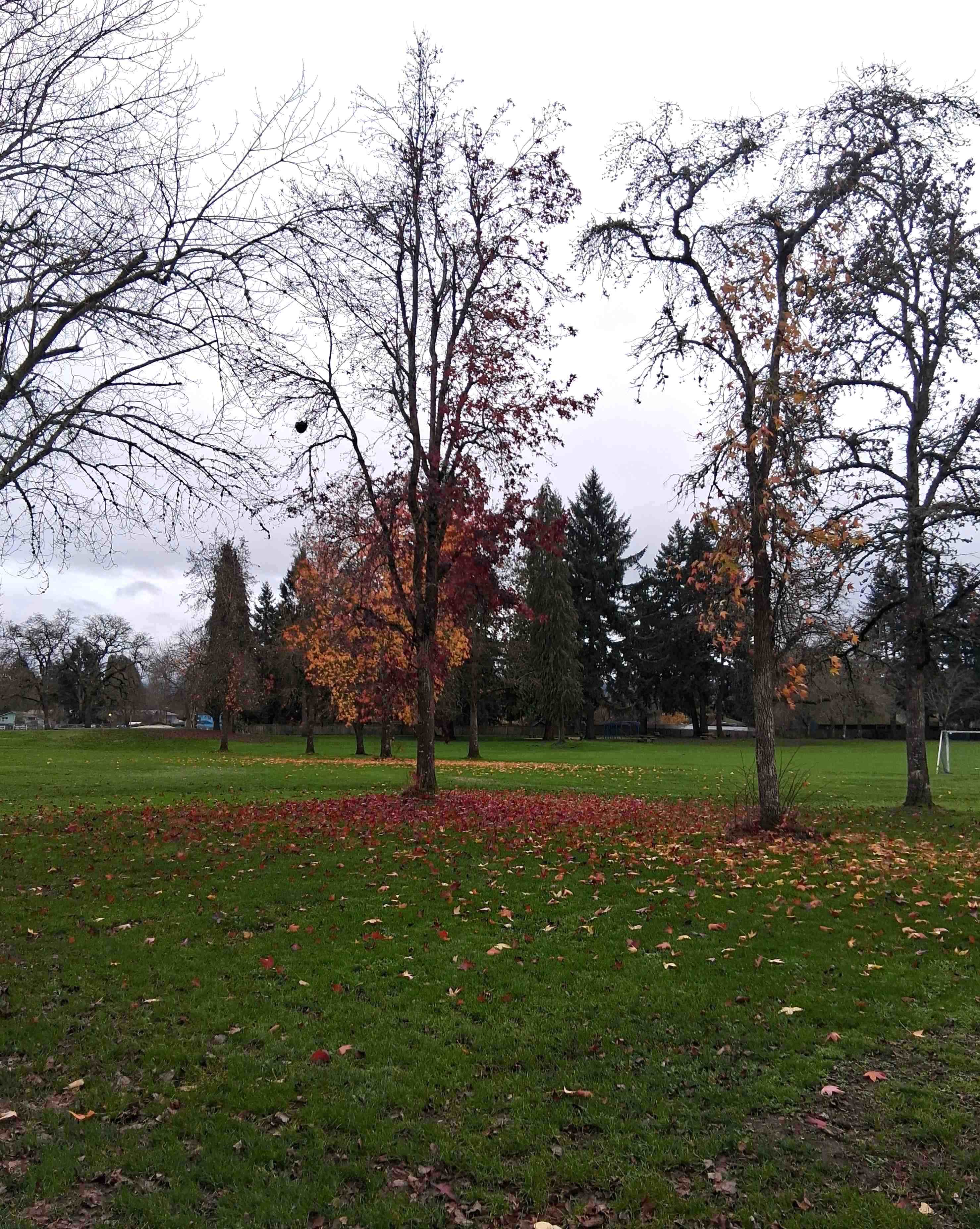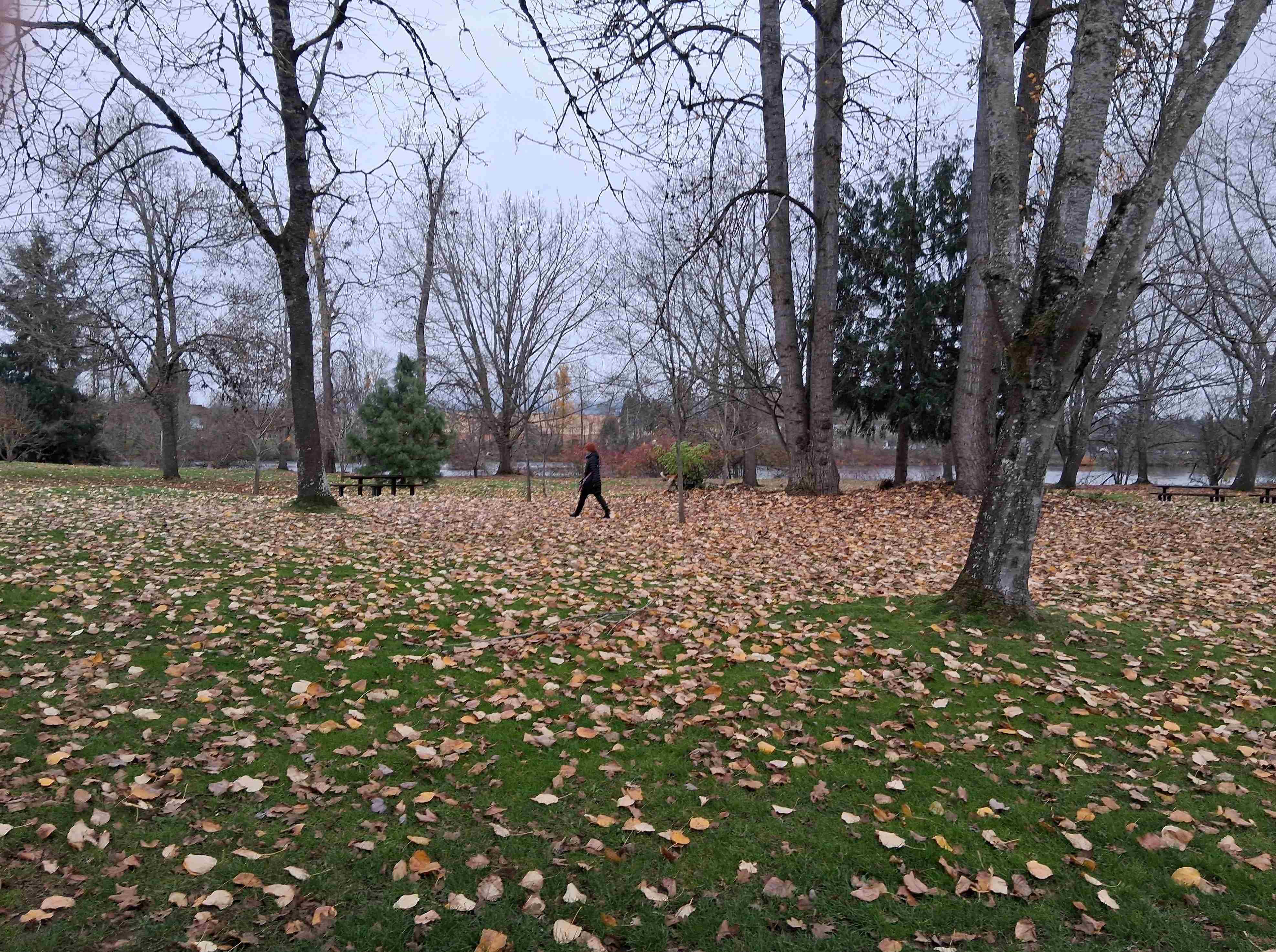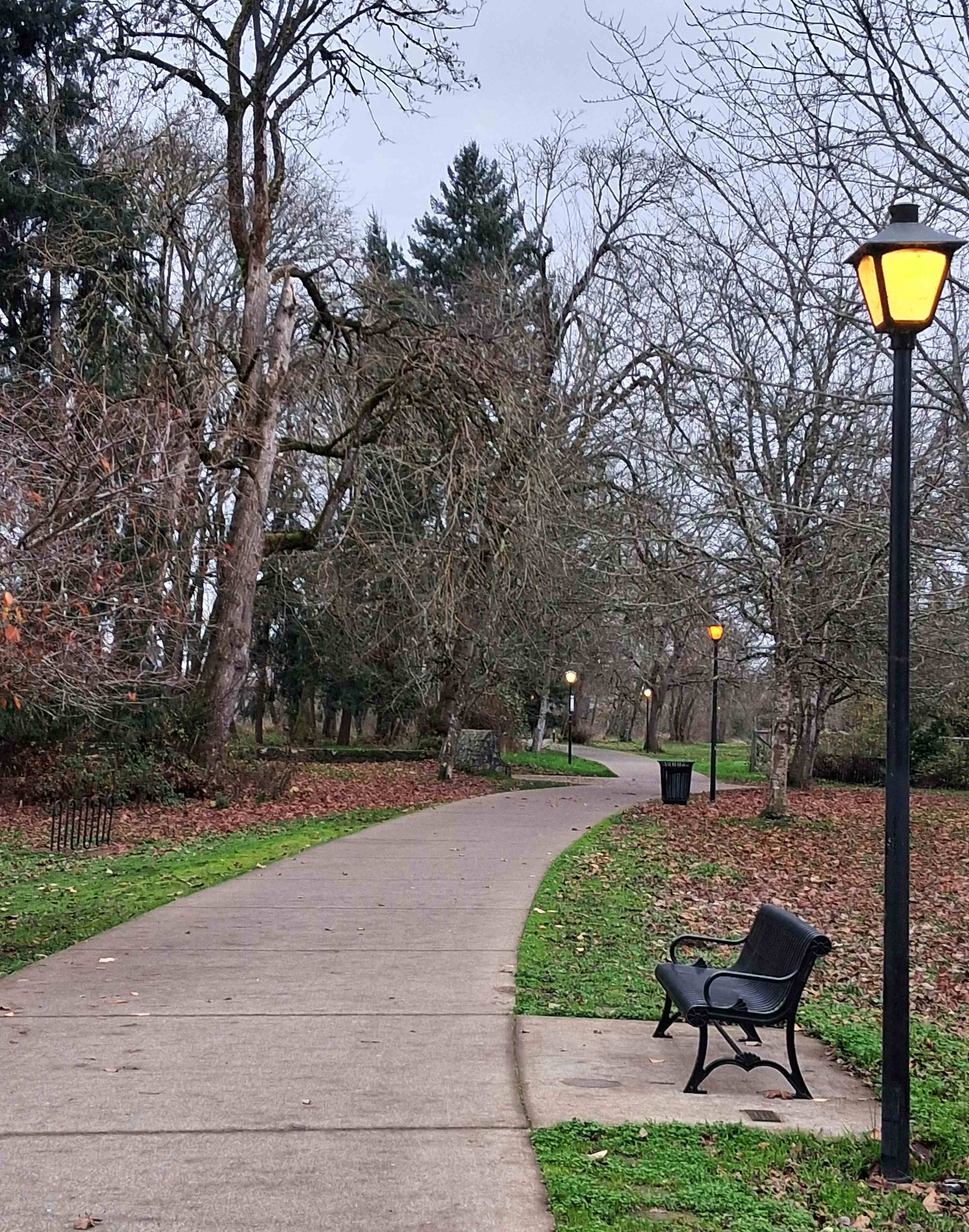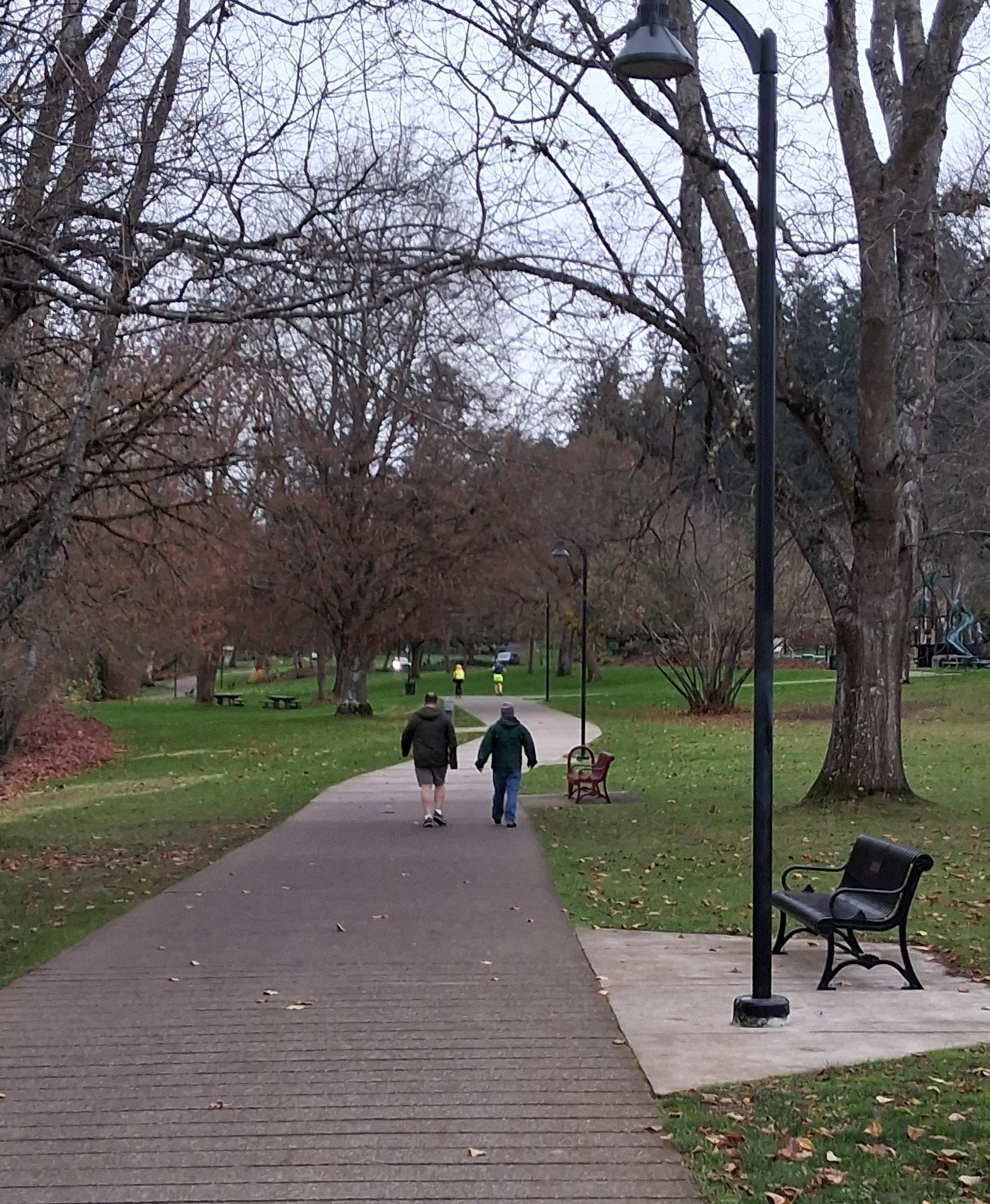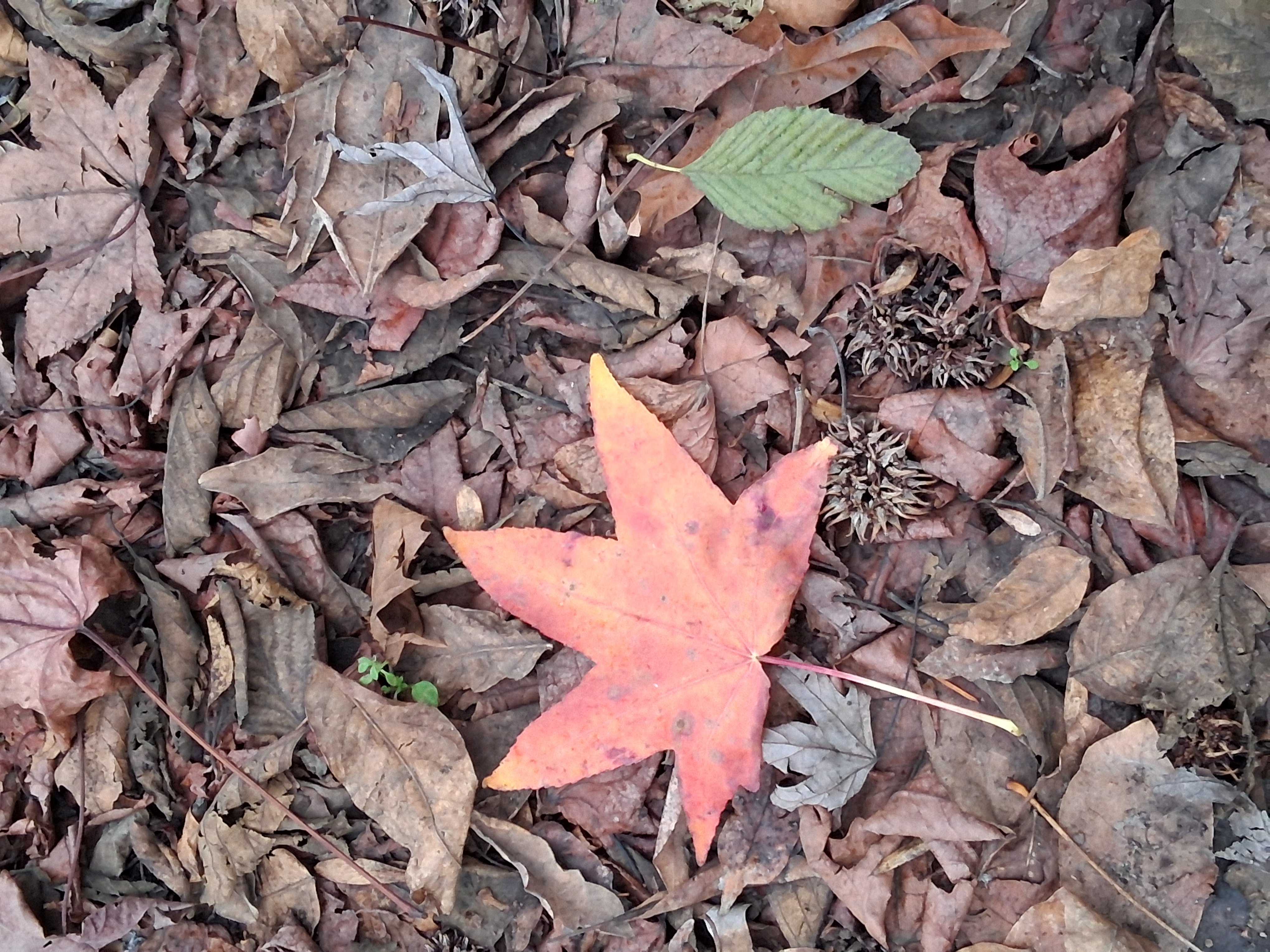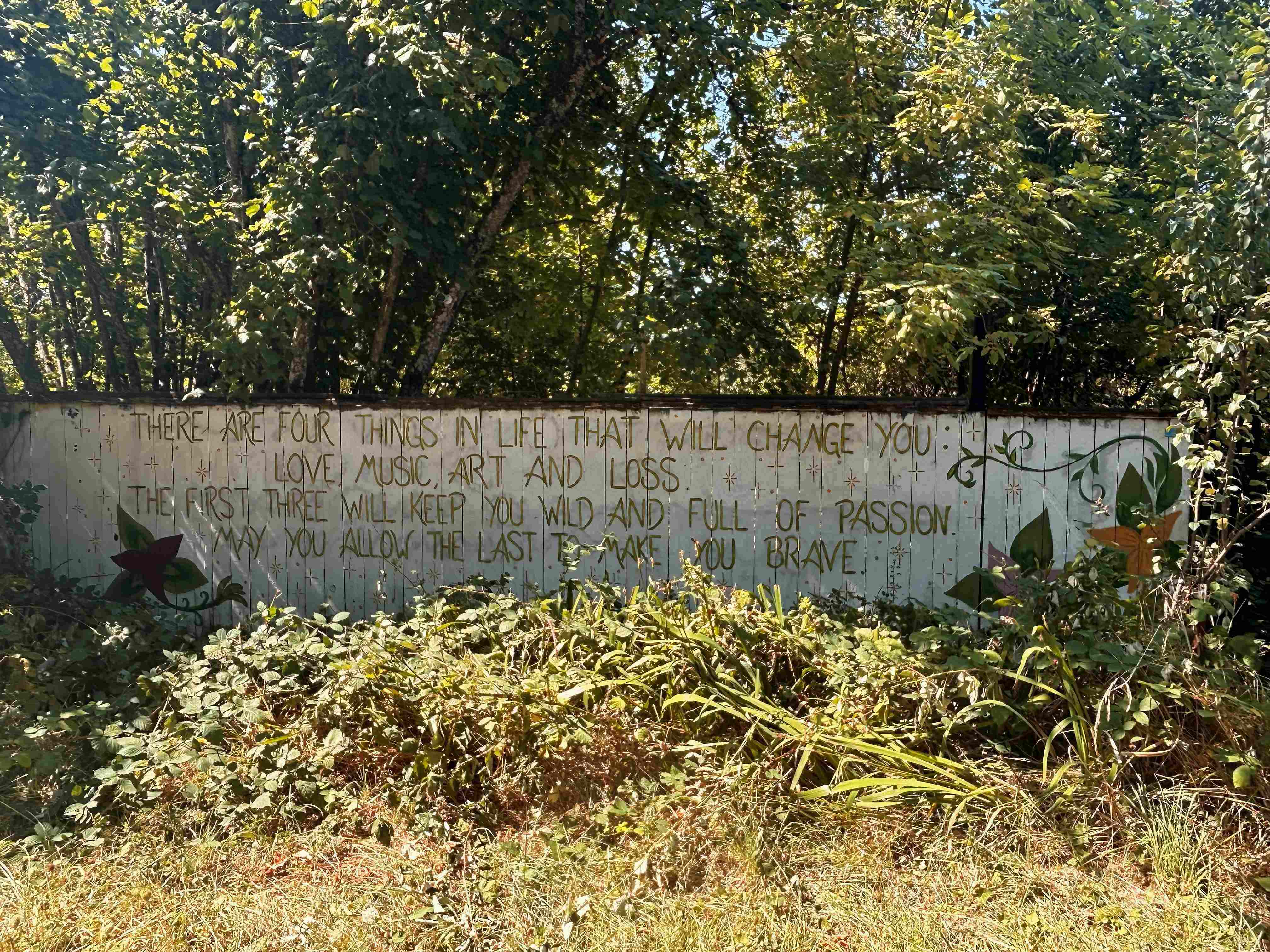
celestial Transients

Happy Solstice! As good a day as any to talk about ” . . . Celestial transients, which are astronomical objects that appear suddenly from nowhere and usually disappear soon after, that contradict the standard truth that the universe changes predictably and slowly over billions of years. They include what the typically staid National Academy of Sciences called “the most catastrophic events in spacetime.” [Quote from a Scientific American newsletter article titled, Mysterious Bright Flashes in the Night Sky, December 16, 2025, by Ann Finkbeiner and Clara Moskowitz, Click on image to enlarge].
This is a relatively long read, but well worth the time it takes if you are feeling self-important at the moment. Prepare to be humbled by the immensity and the mysteries of the cosmos. Astrophysics is experiencing a golden age, thanks to the tools . . . orbiting telescopes, ground based radio telescopes, stellar and interstellar probes, etc., and the ever greater computing power available to process data. Of still greater importance is the international cooperation of scientists made possible by the World Wide Web.
Go to www.scientificamerican.com to sign up for the free Today in Science newsletter. You can then choose from specific newsletter topics like: Mind & Brain, Health & Medicine, etc.
Oregon Mozart Players – Candlelight Concert

I’ve volunteered for the Oregon Mozart Players off and on for over 25 years and was happy to usher once again for this year’s Candlelight Concert. Beautiful music for the season. The program included Alessandro Scarlatti’s Christmas Cantata, as well as a Concerto Grosso by Archangelo Corelli, and Suite III from Ottorino Respighi’s Ancient Airs and Dances. Even their names are musical. My favorite piece, however, was a 20th century Christmas Suite by English composer, Alec Rowley, based on traditional English carols. [Photo ![]() Max Vollmer, Click on image to enlarge]
Max Vollmer, Click on image to enlarge]
Monkey Balls
The Elephant man – David Lynch
From an article titled 2025 Was David Lynch, by Jessica Winter in the December 12, 2025, New Yorker newsletter comes the following in a discussion of the Lynch film, The Elephant Man. “[Lynch] was not an empathic director but, rather, an uncommonly compassionate one. The word compassion comes from the Latin for “to suffer with”; it means to be present in another’s suffering, which is, in essence, the experience of watching “The Elephant Man.”
[Continued . . .]
In Catholic theology, to be present in another’s suffering is a means of breaking down false divisions between people. Love and community are inconceivable without compassion, and a void of compassion made possible the sadness, despair, and horror that shaped this past year. That void makes our humanity feel contingent, negotiable. Are you an animal or a human being? Am I a good man or a bad man? In the film, Lynch dissolves the scene before the question is resolved. Outside the film, no one who should ask is asking.”
The traveling wilburys – End of the line
George Harrison, Jeff Lynne, Bob Dylan, Roy Orbison, and Tom Petty. [Click on Full Screen icon in the lower right corner to best appreciate the video]
On the West Bank Trail – August and december, 2025
Camping at Comb ridge – October 2024
The open road and the desert Southwest, especially Utah, are never out of my thoughts. [Photos ![]() Max Vollmer, Click on any image to enlarge]
Max Vollmer, Click on any image to enlarge]
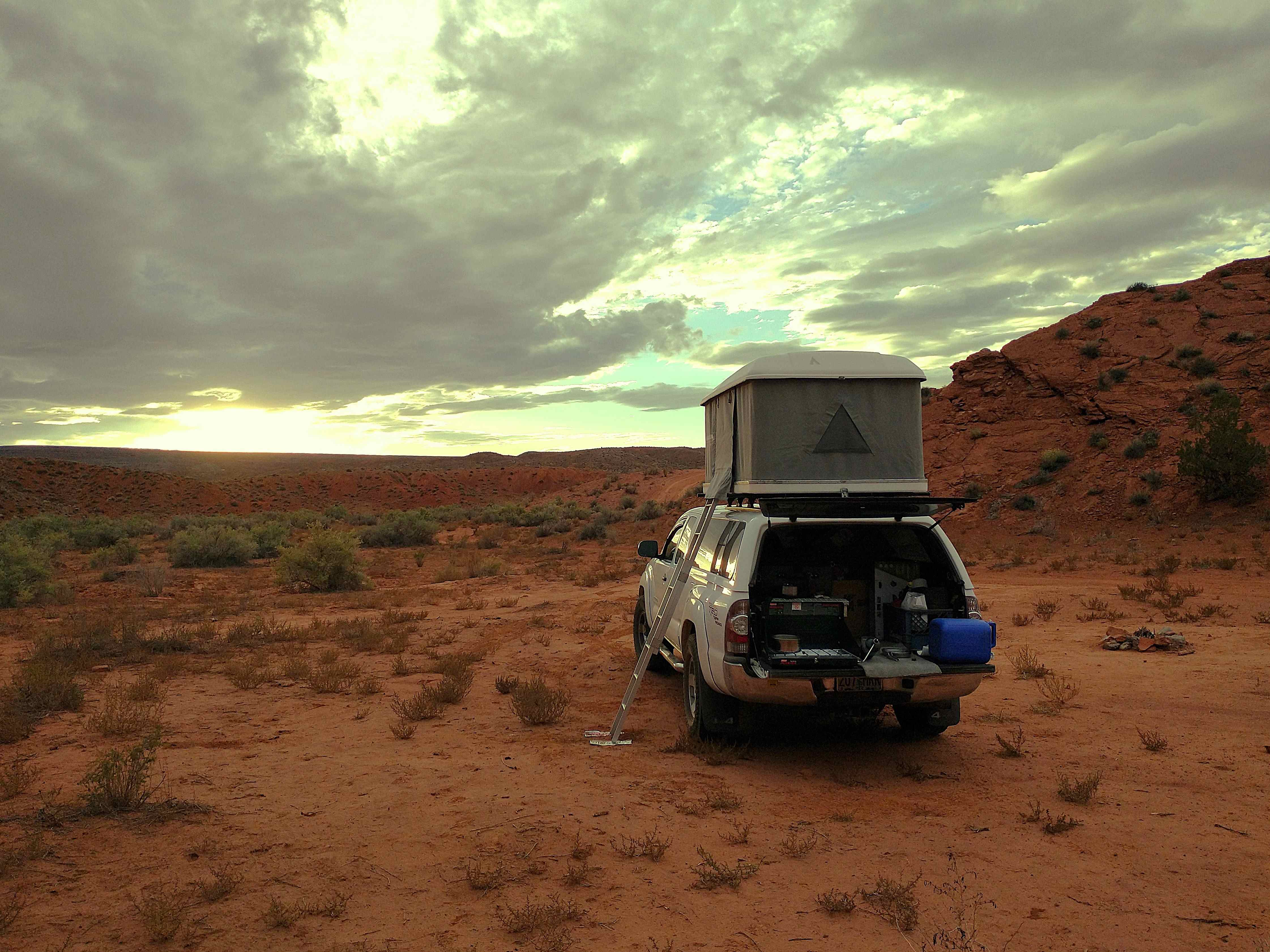

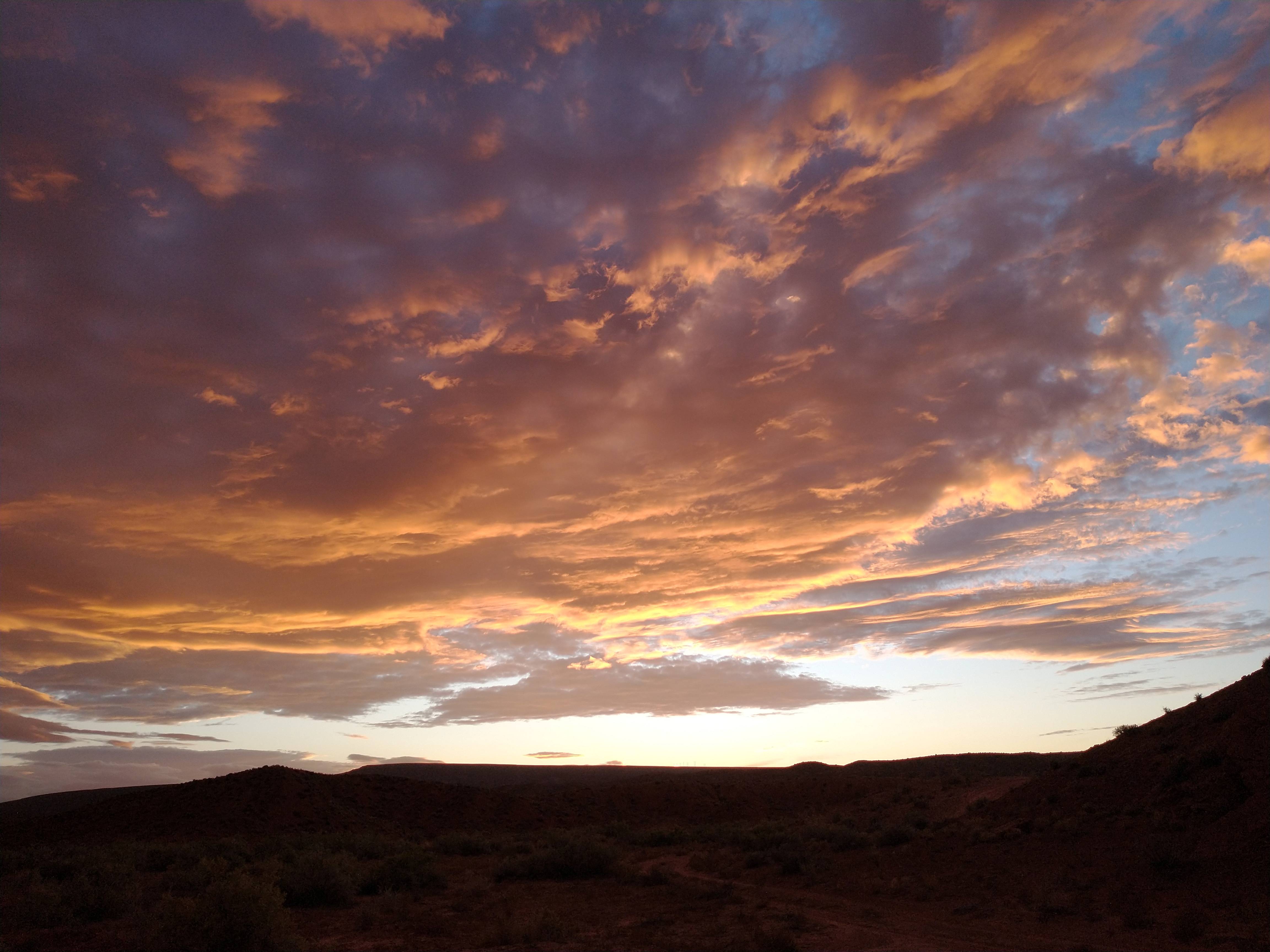
The young adventurer and lover of wild places, Everett Ruess, disappeared seemingly without a trace in 1934. He was last seen in Davis Gulch, southeast of Escalante, UT, but his body was finally found in 2008 still further south on Comb Ridge, a few miles west of Bluff, UT. Comb Ridge, is a steep ridge running due north from the San Juan River. After reading Ruess’s letters to friends and family, found in Everett Ruess, A Vagabond For Beauty, by W. L. Rusho, I can relate to his efforts to reconcile himself with the civilized world whenever he was alone in the wild one. Camped on the side of Navajo Mountain in San Juan Co., UT, on June 7, 1934, he wrote this: “I have always been unsatisfied with life as most people live it. Always I want to live more intensely and richly. Why muck and conceal one’s true longings and loves, when by speaking of them one might find someone to understand them, and by acting on them one might discover one’s self. It is true that in the world such lack of reserve usually meets with hostility, misunderstanding, and scorn. Here in isolation I need not fear on that score, though the strangers I do encounter usually judge me wrongly. But I was never one to be content with less than the most from life, and shall go on reaching, and leaving my soul defenseless to attacks.”
For more on his disappearance, murder, and discovery of Ruess’s remains 84 years later, see https://www.latimes.com/archives/la-xpm-2009-may-02-sci-ruess2-story.html
El Cascabel – Mariachi Luz de Luna & Calexico
I love this! El Cascabel – The Bell. I was pleased to see that Springfield High School has a class in Mariachi music and I was able to hear their band play a set in matching outfits at Yapoah Terrace for the December Birthday Party. [Click on Full Screen icon in the lower right corner to best appreciate the video]
Early Sunday morning walk
[Photos ![]() Max Vollmer, Click on any image to enlarge]
Max Vollmer, Click on any image to enlarge]
